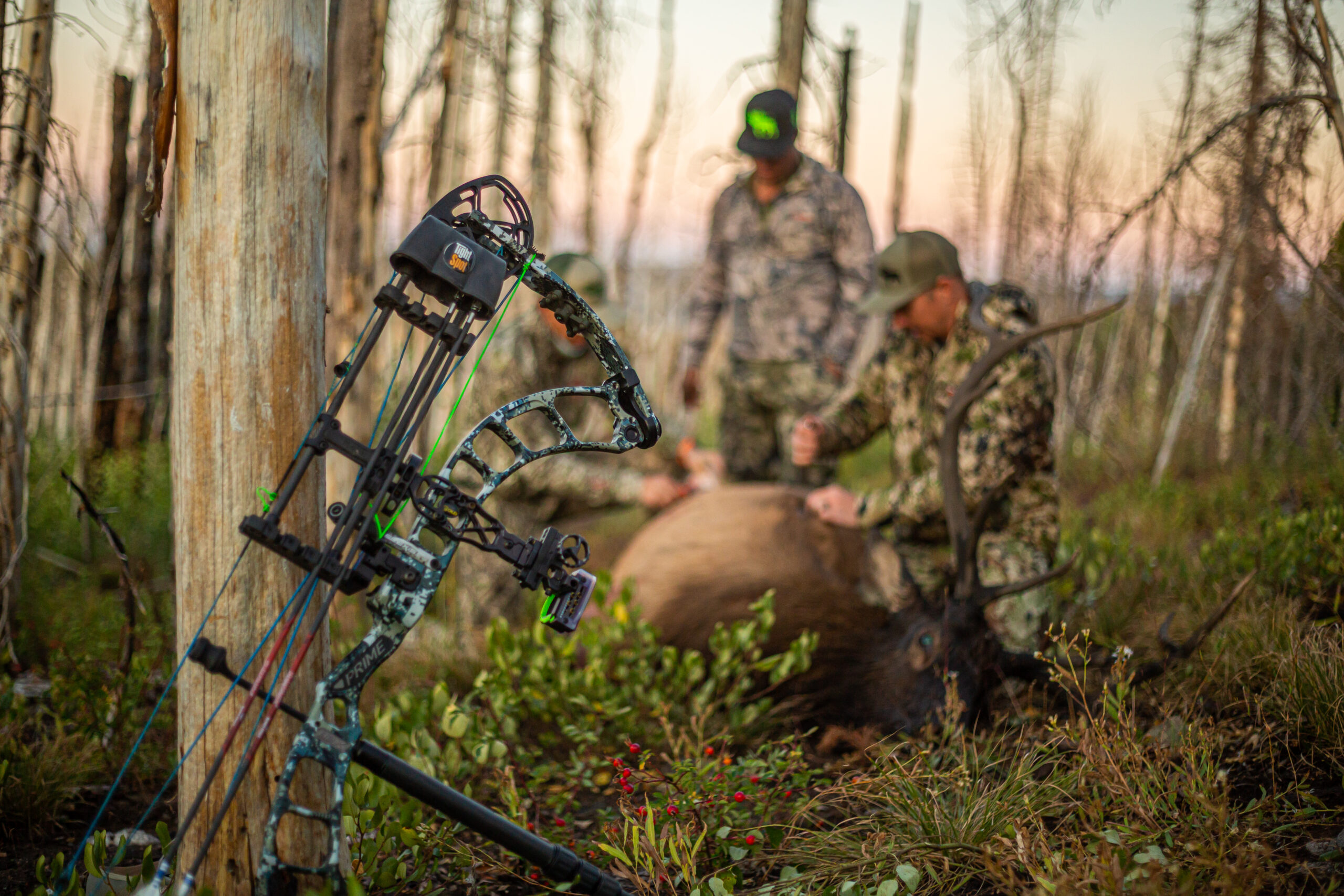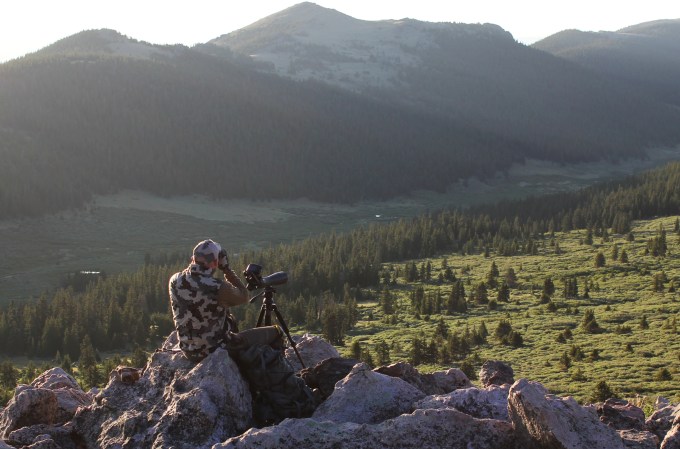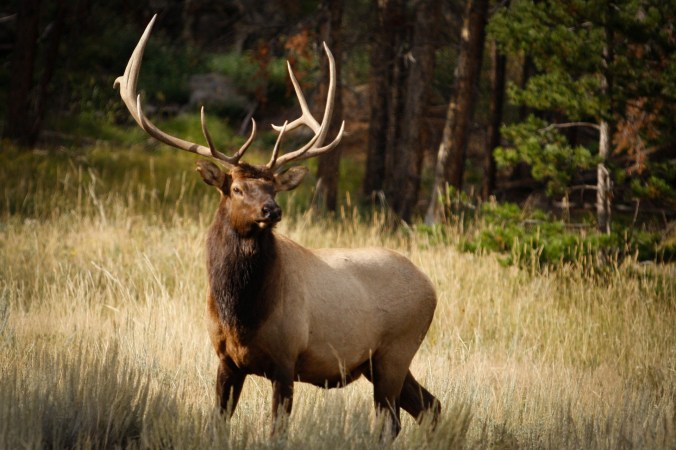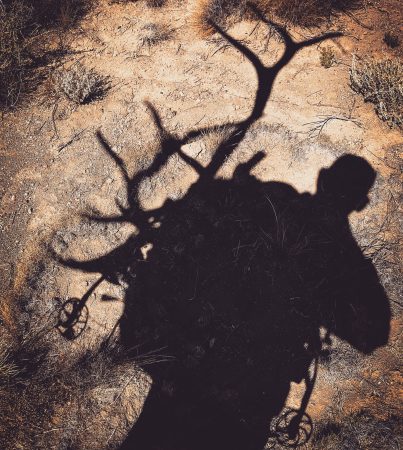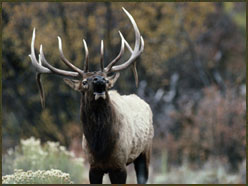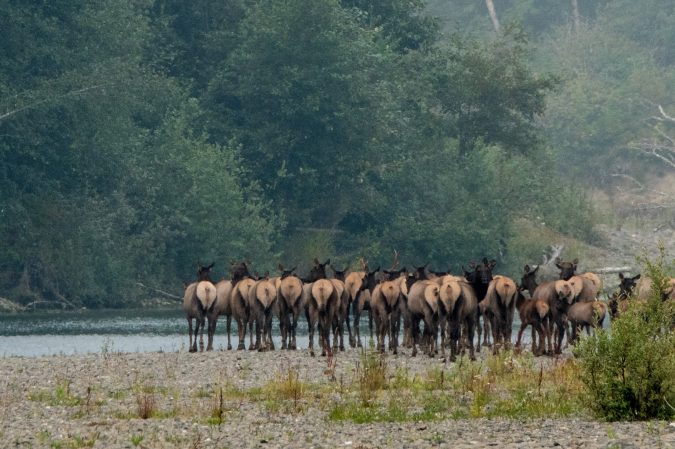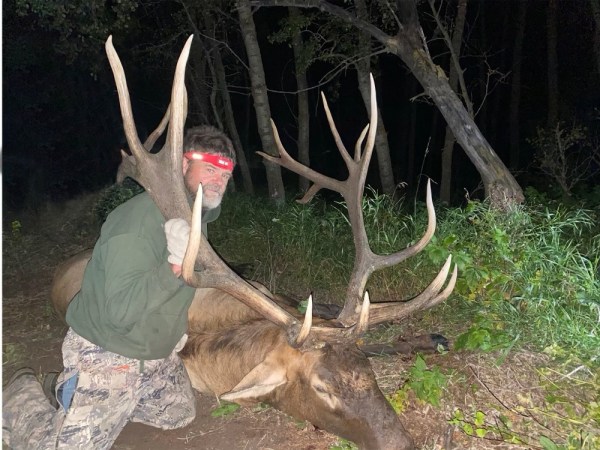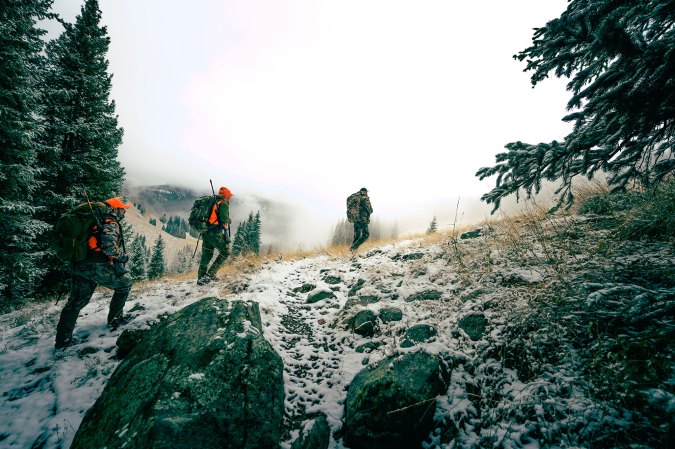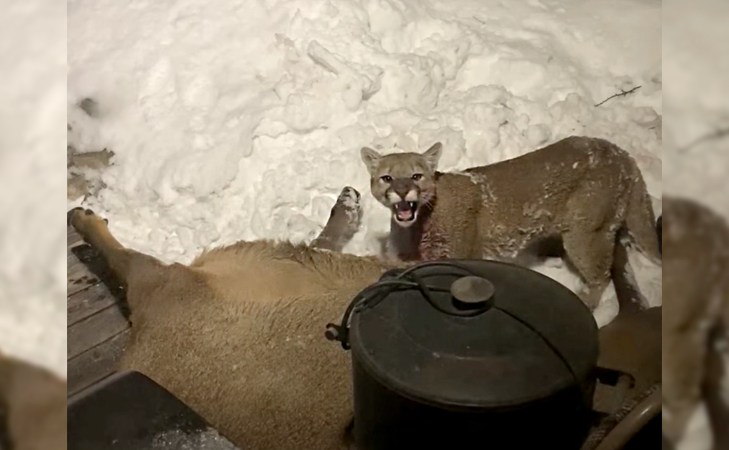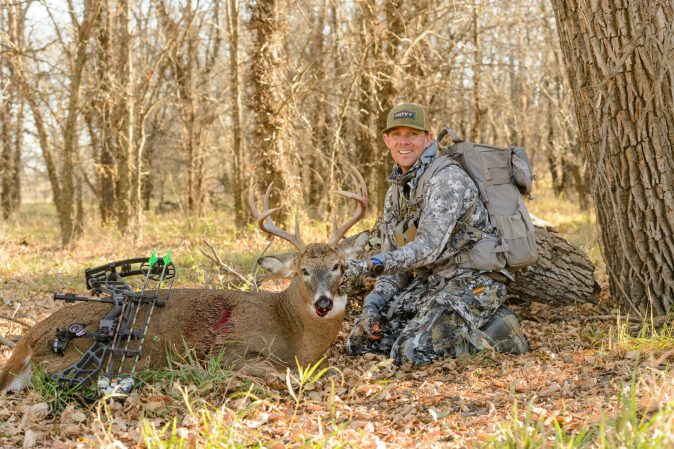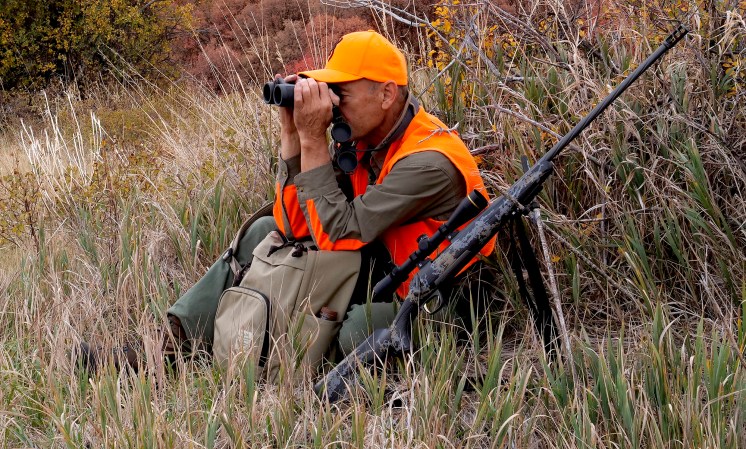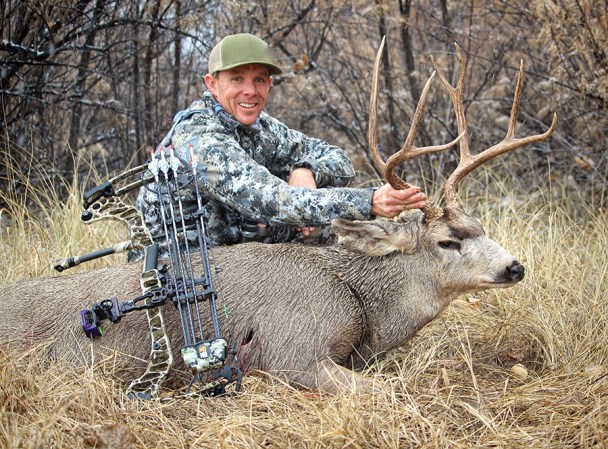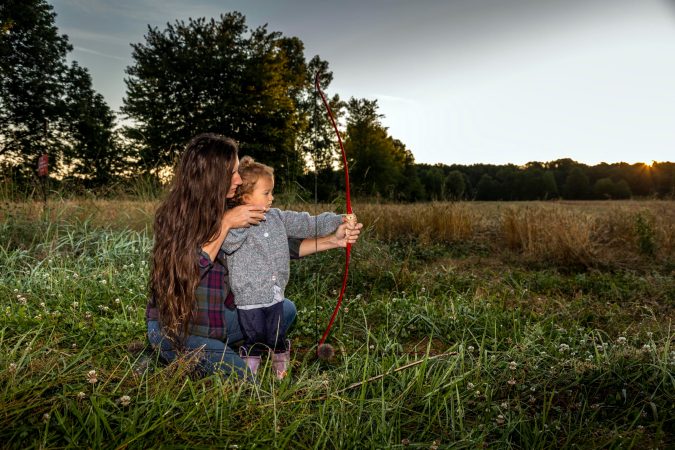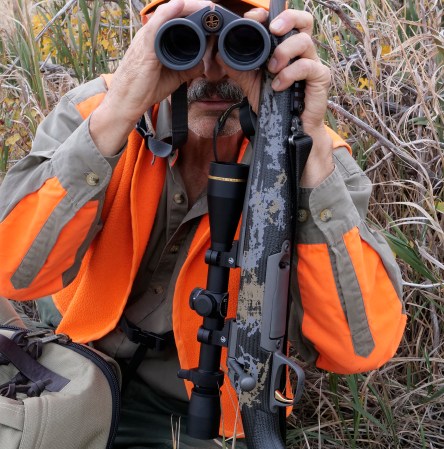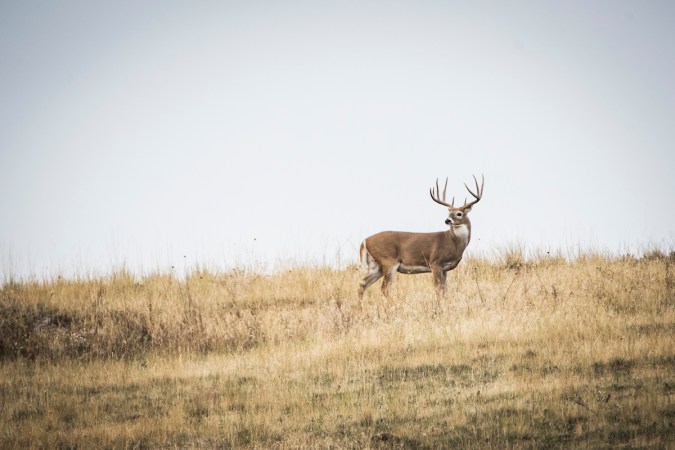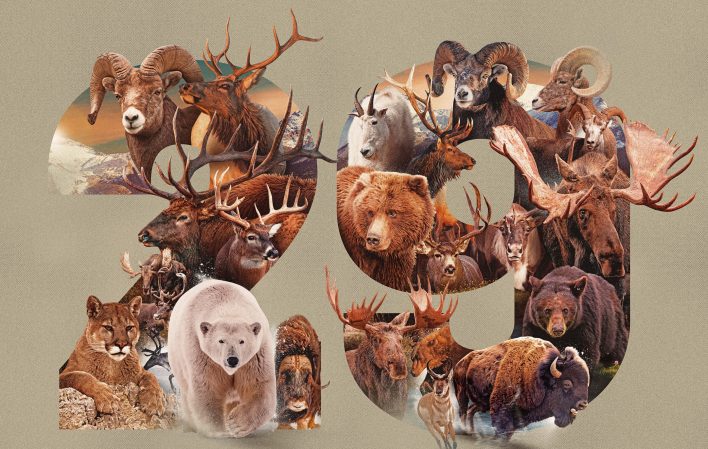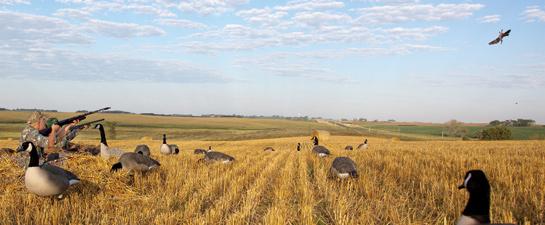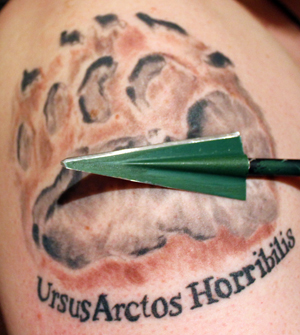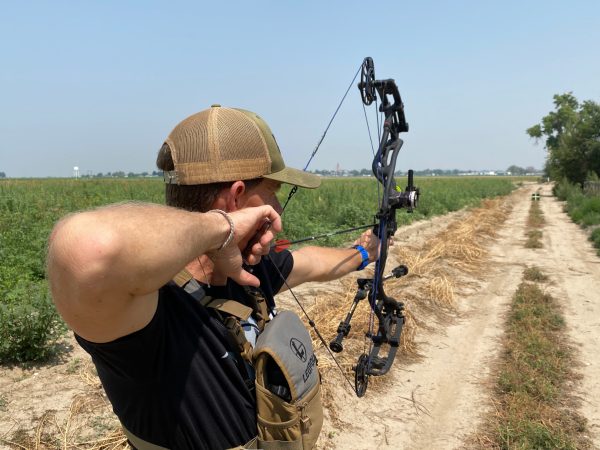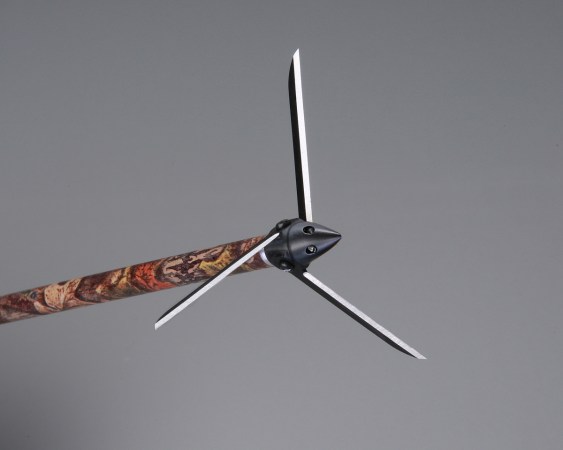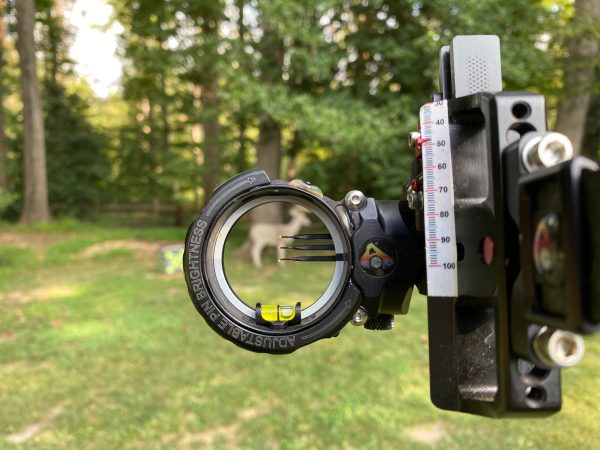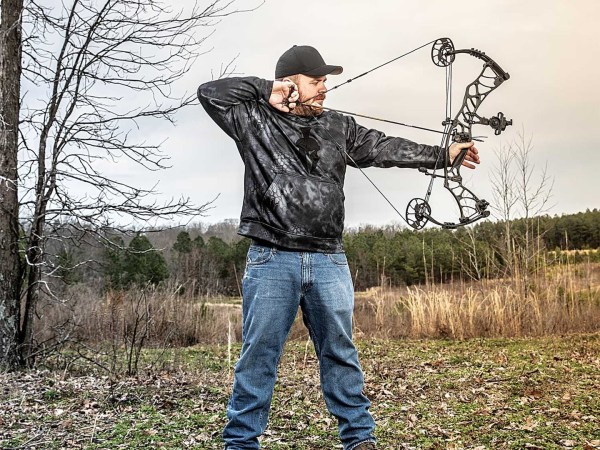We may earn revenue from the products available on this page and participate in affiliate programs. Learn More ›
Each fall, bowhunters descend on the western Rocky Mountains in pursuit of elk. Most have done their research and prepared mentally and physically for the daunting task. However, many overlook the importance of toting a compound bow and arrow combination loaded with the accessories needed to hunt such unforgiving terrain—don’t be that hunter.
There are certain things you need in an elk bow that you don’t need in a whitetail bow. Both bows will get the job done on either animal, if everything goes to plan. But there’s a lot more that can go wrong in the mountains. If you want to get the most out of your bow—and want to stay in the game—while you’re chasing bulls in the backcountry, here is how to set up your compound.
Pick a Bow Designed For Accuracy, Not Speed
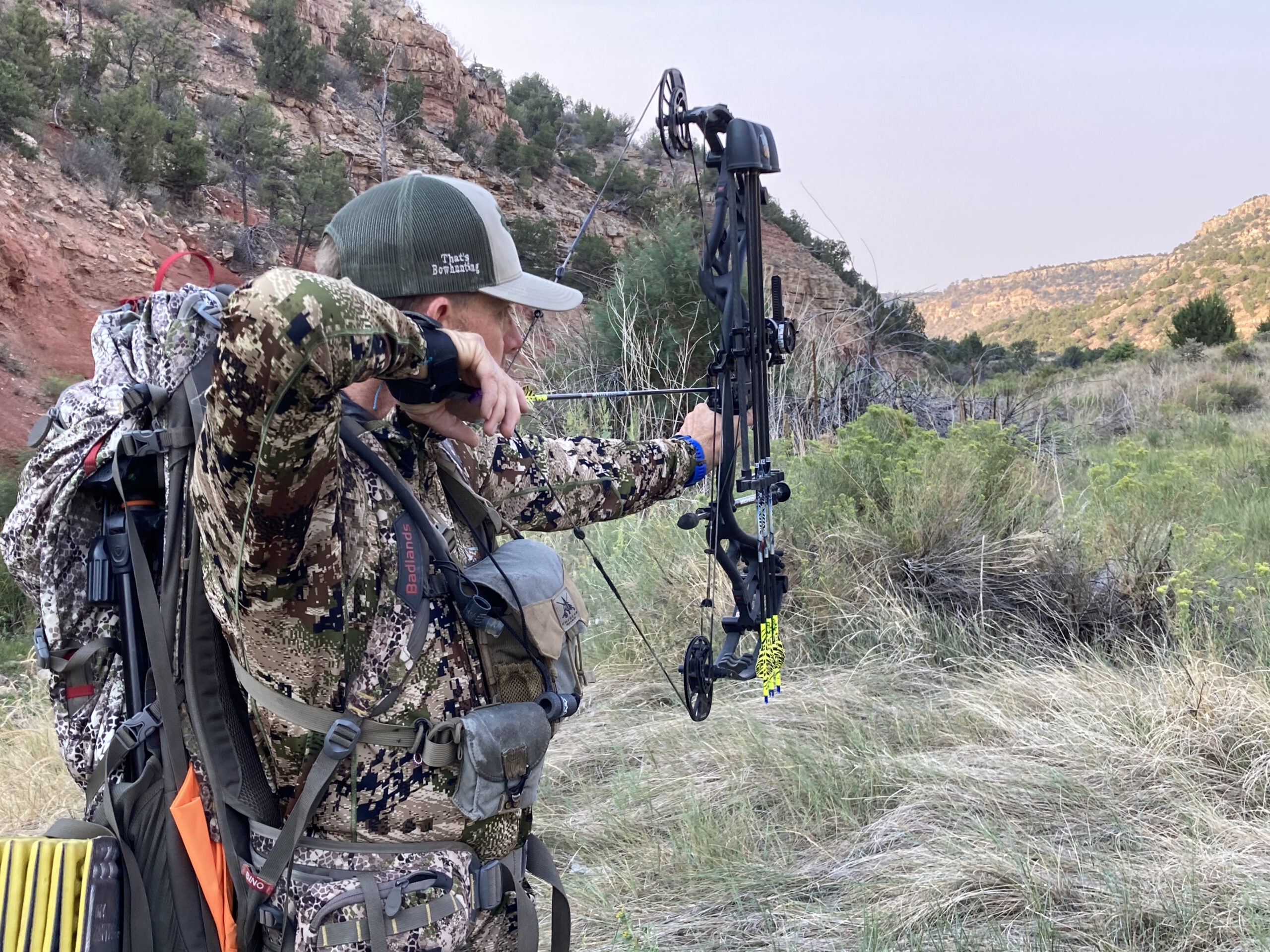
Backcountry hunters obsess about mass. Many weigh the entire contents of their pack, right down to individual bags of trail mix—every ounce counts in the mountains. When it comes to the bow you’ll be toting, weight is something to consider. While a bulletproof compound design is essential, you don’t want a bow with a naked weight heavier than 4.5 pounds. Why? You’ll be outfitting that bow with a bombproof sight, rest, stabilizer, and quiver loaded with arrows. Adding quality accessory items boosts overall weight, and you don’t want to carry a log up and down steep terrain for days on end. Hoyt’s Ventum 33 and Bowtech’s Solution are great examples. While both hit high-end feet per second (fps) ratings, each was built with shooting comfort in mind. Another great choice is the V3 31 from Mathews.
Choose a bow with a cam system designed for better draw comfort over one that sends a carbon arrow at jaw-dropping speed. When hunting elk, holding at full draw for extended periods is the norm. You want a rig that holds well and has cams that aren’t itching to pull your shoulder through the riser. Cams designed for comfort also create a draw cycle that is silky smooth. When a bull walks in close, he will be on pins and needles, looking for another elk. A jerky draw cycle that requires increased movement will make it harder for you to be accurate.
Forget Heavy Draw Weight
Just because you’re hunting elk doesn’t mean pulling 70 or 80 pounds of draw weight is a must. You’re after a comfortable and balanced shooting experience, and if you’re struggling to get the string back on the range, it will be mission impossible when the knees are knocking, and a bull is closing the distance. If you can’t hold your bow straight out in front of you and bring the string directly back, you’re pulling too much weight. Drawing too much weight also leads to bad form, possible injury, and uncomfortable shots.
Don’t Sleep on Your Sight
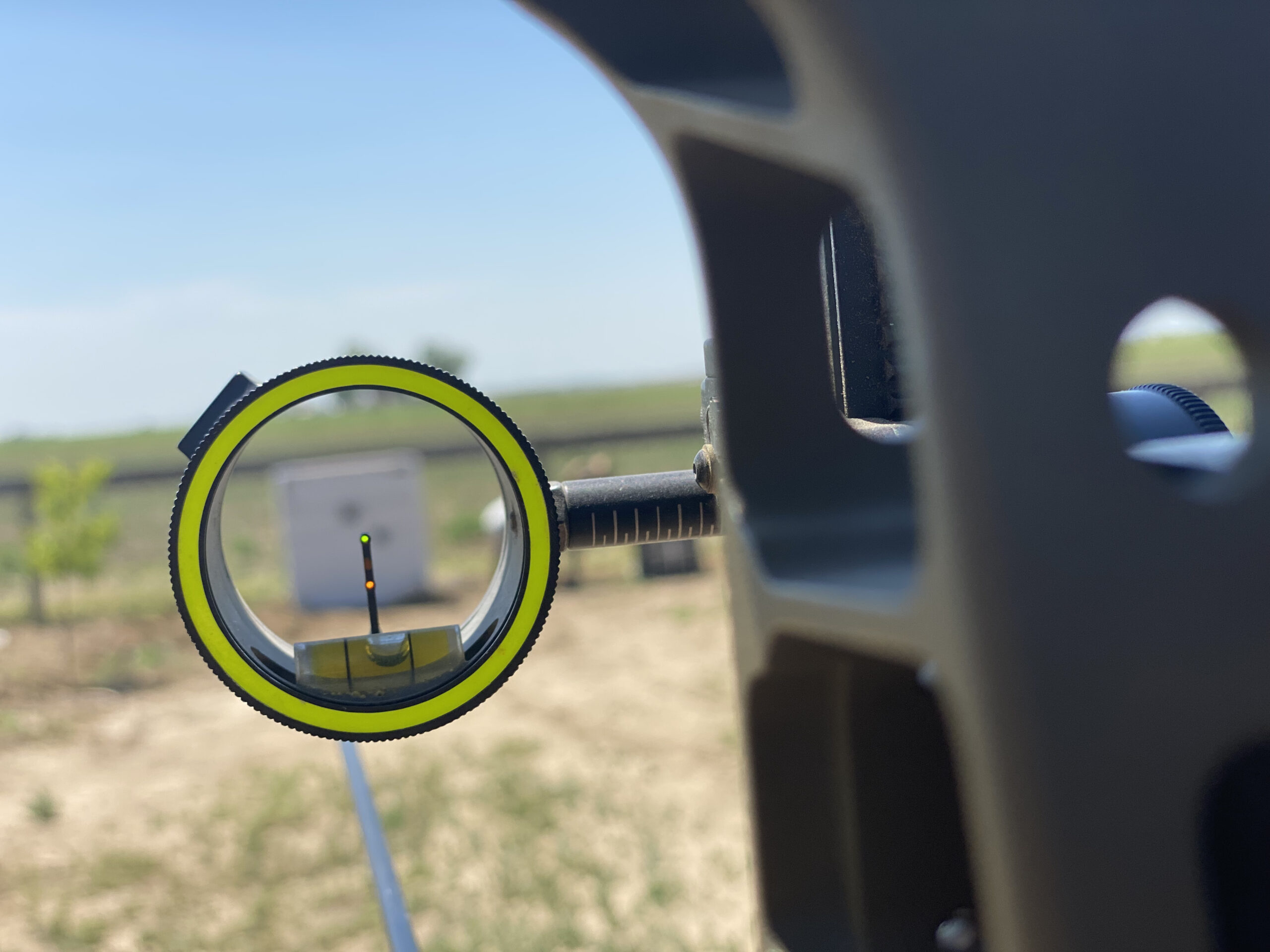
This item is where a lot of western bowhunters fall short. You need a quality bow sight that is second- and third-axis adjustable, and both the second and third axis should be set long before your hunt begins.
Pin build is something else to carefully consider. A sight with brittle plastic pins is not ideal because they could break off. It is common for tree limbs, brush, and debris to infiltrate the inside of the sight housing in elk country. If pin bars and heads get damaged, you’ll be heading off the mountain, looking for the nearest bow shop. You could lose a day of hunting, maybe more, depending how far from town you are.
A sight with an adjustable dovetail bar is a good idea. Accuracy is everything, and you want to tinker with how far you want your sight in front of your riser in the months leading up to your hunt. This feature allows you to fine tune your sight radius and peep alignment. Ideally your peep sight and sight housing will form concentric circles when you’re at anchor. When using a large peep sight, which is great for low light shooting, there can be a gap between the circle created by the sight housing and the peep. Adjusting your sight in or out will remove this gap for a more consistent anchor and increased accuracy at extended ranges.
My go-to is Spot-Hogg’s Hogg Father Double Pin with multiple ring technology. This sight is built like a tank, features a dovetail mounting bar, and promises dial-to-the-yard accuracy.
A Good Rest Is Necessary
You’ll want a rest with a full capture bar. When the launcher arm is loaded — either manually or during the bow’s draw cycle — the last thing you want is an arrow coming out of the rest and rattling against the bow’s shelf or riser. I also recommend a rest that keeps the launcher arm upright when the bow is let down. If the rest arm drops when you need to let down, it could create enough noise to spook a bull.
I’ve been bowhunting for nearly 30 years, and a drop-away from Quality Archery Design is what I count on. The MXT is a great model for those mounting the rest to the bow’s Berger Hole. But if your new flagship is fitted with the Integrate Mounting System, QAD’s Integrate MX mounts to the face of the riser via a pair of dovetail slits, down tight to the riser and reduces weight.
Customize Your Stabilizer
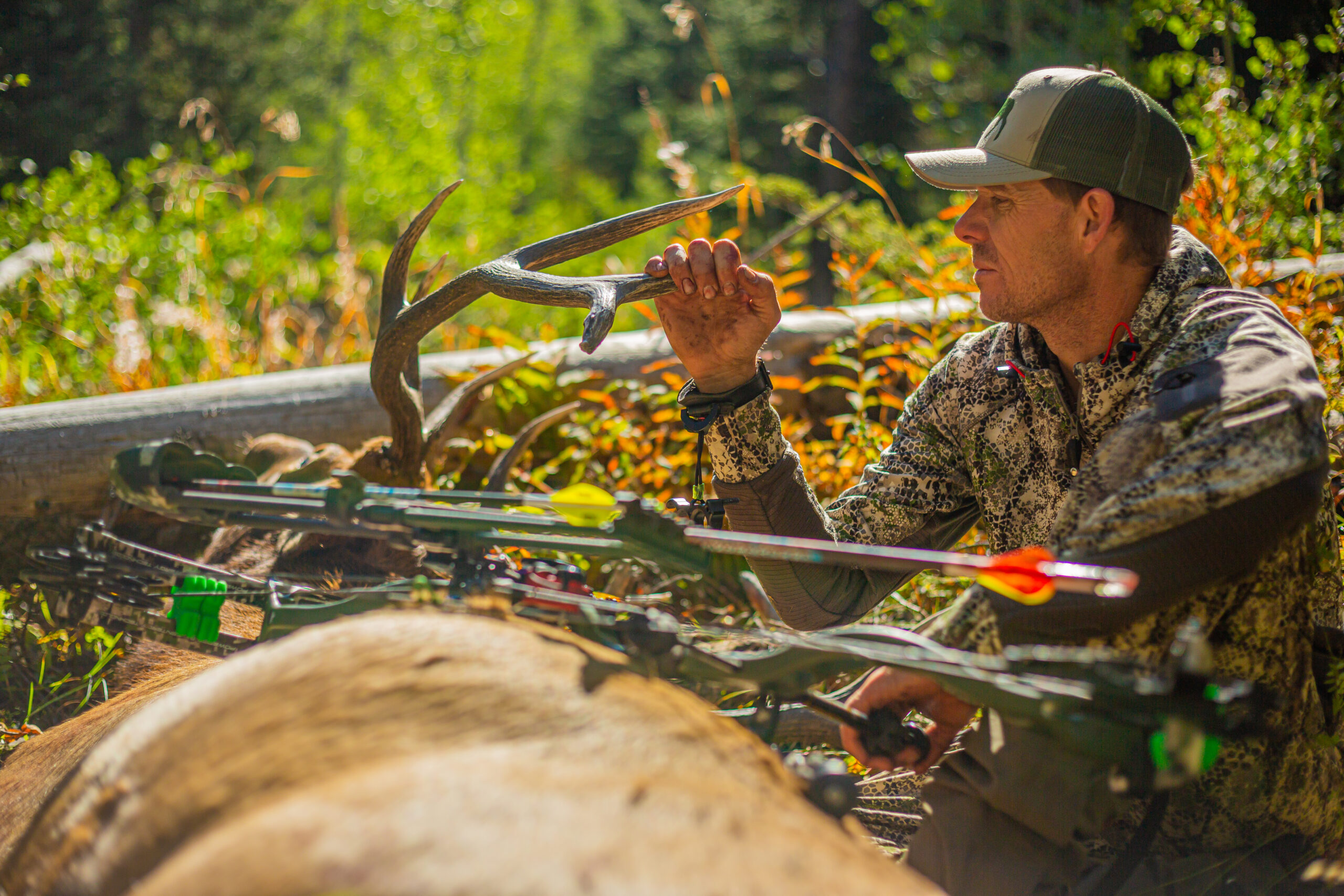
I spend lots of time customizing my stabilizer setup. Yes, a stabilizer does add weight to the bow, but a more extended stabilizer also helps with balance. Elk are big, tough animals, and putting an arrow on the mark is a must. I recommend going to your local bow shop and experimenting with a front-bar stabilizer that allows for the addition and removal of weight and one that measures between 8 and 12 inches in length. In addition, you’ll want to test shooting your elk rig with a front and back bar system. This system puts a stabilizer in front of the riser and a second running of an adjustable offset mount behind the riser. Many archers find this system, once weighted adequately, to provide the most balanced feel at full draw.
One of my favorite systems is Bee Stinger’s MicroHex Counter Slide. This stabilizer offers limitless customization, and being it’s a counter slide, you can achieve perfect front and back weight with this single bar system.
Find an Adjustable Quiver
If you’re looking to build the ultimate elk bow, a quality quiver is a must-have item. You want an adjustable model that hugs the riser tightly and is adjustable up and down. You will be leaning your bow against trees and brush, and filling nocks with dirt and pine needles is never a good thing. An adjustable quiver promises balance and won’t make the bow feel awkward at full draw. You will also want to take a close look at the quiver’s hood. Ensure the hood design will hold arrows in place and not allow them to bang and clang against each other or the hood itself. A gripper that can be adjusted to fit today’s micro-diameter arrows is also a good thing. When you trigger your release, there should be zero chance of rattle from the quiver or the shafts and broadheads it is holding.
I don’t recommend it, but many hunters prefer to remove their quiver when they set up for a calling sequence. If you’re in this camp, be sure your quiver comes off the bow smoothly and quietly. Take a long look at the quality of the quiver’s mounting device before making a decision.
The best quiver I’ve found is TightSpot’s 5-Arrow. It hugs tight to the riser, can be adjusted up and down as well as in and out. The gripper is totally adjustable, and the hood is quiet.
Read Next: The Everyman’s Approach to DIY Archery Elk Hunting
Go With a Micro-Diameter Arrow Shaft
Leave no stone unturned when making your arrow choice. I like a micro-diameter shaft. The reason is, micro-diameter shafts give the wind less surface area to press against, which boosts downrange accuracy. Also, a micro-diameter will track more seamlessly behind the path of the broadhead, reducing friction. Reduced friction means more penetration and ups the chances of the arrow/broadhead combo passing through the animal. Lastly, micro-diameter arrows will contain the manufacturer’s best technologies, such as quality components and higher tolerances. They are also more durable than standard diameter shafts due to their thicker wall thickness.
One of my favorite elk arrows is Easton’s FMJ 4MM. This shaft comes in multiple spine sizes, cuts wind like butter, and penetrates deep.
Mechanicals Have a Place
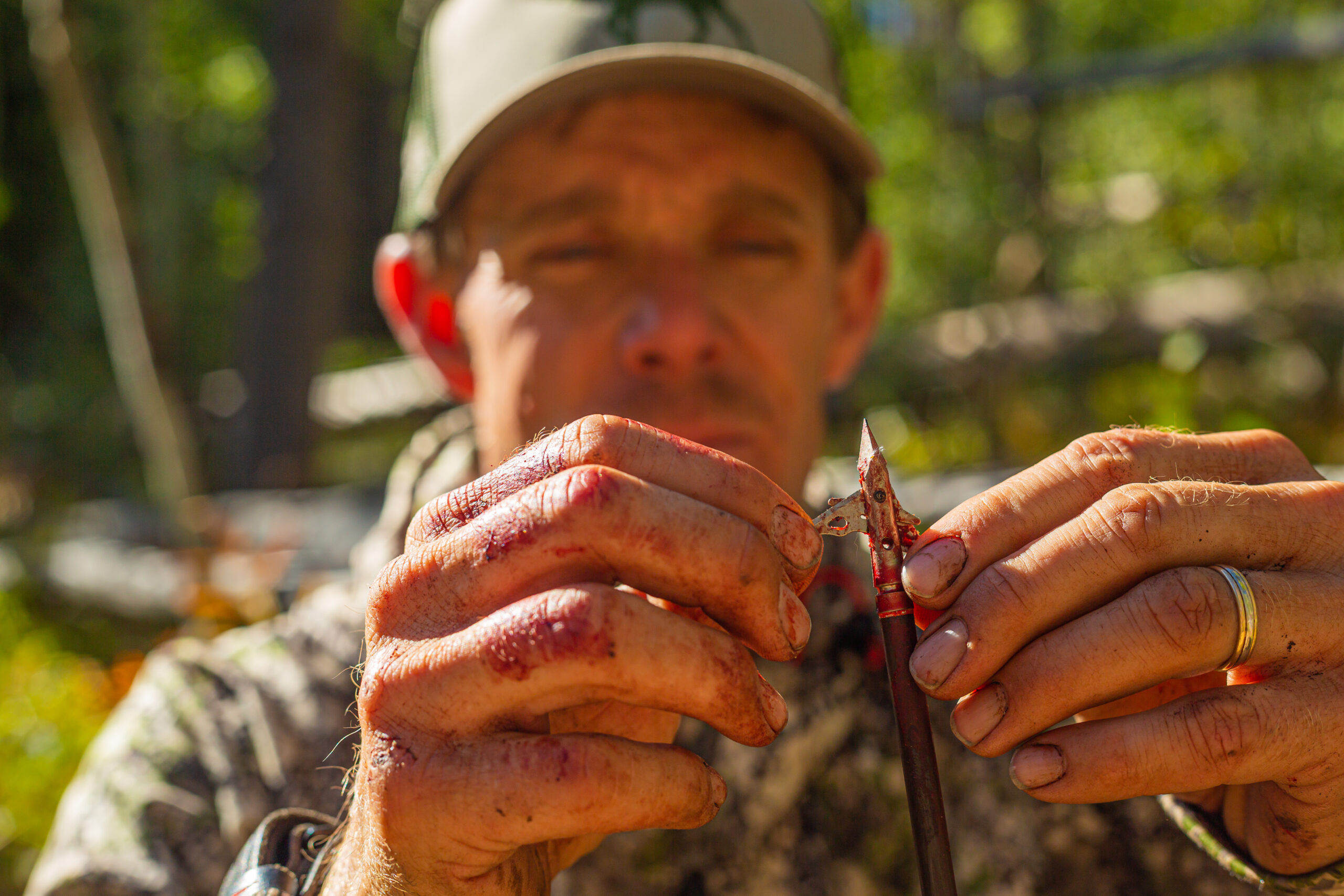
Many hardcore elk hunters will tell you there is no place for mechanical broadheads in elk hunting, but I disagree. I took a bull last year at 61 yards with a SEVR 1.5-tipped Easton. The bull was slightly quartering to me, and the arrow passed through the scapula and exited the back lung. The bull went 28 yards and tipped over. You need to be confident in your broadhead of choice, whether it’s fixed or mechanical. Do plenty of testing with the actual broadhead you plan to hunt with. If you’re confident in its build and know your bow-and-arrow combination will put it on the X, then you have the right broadhead regardless of design.
